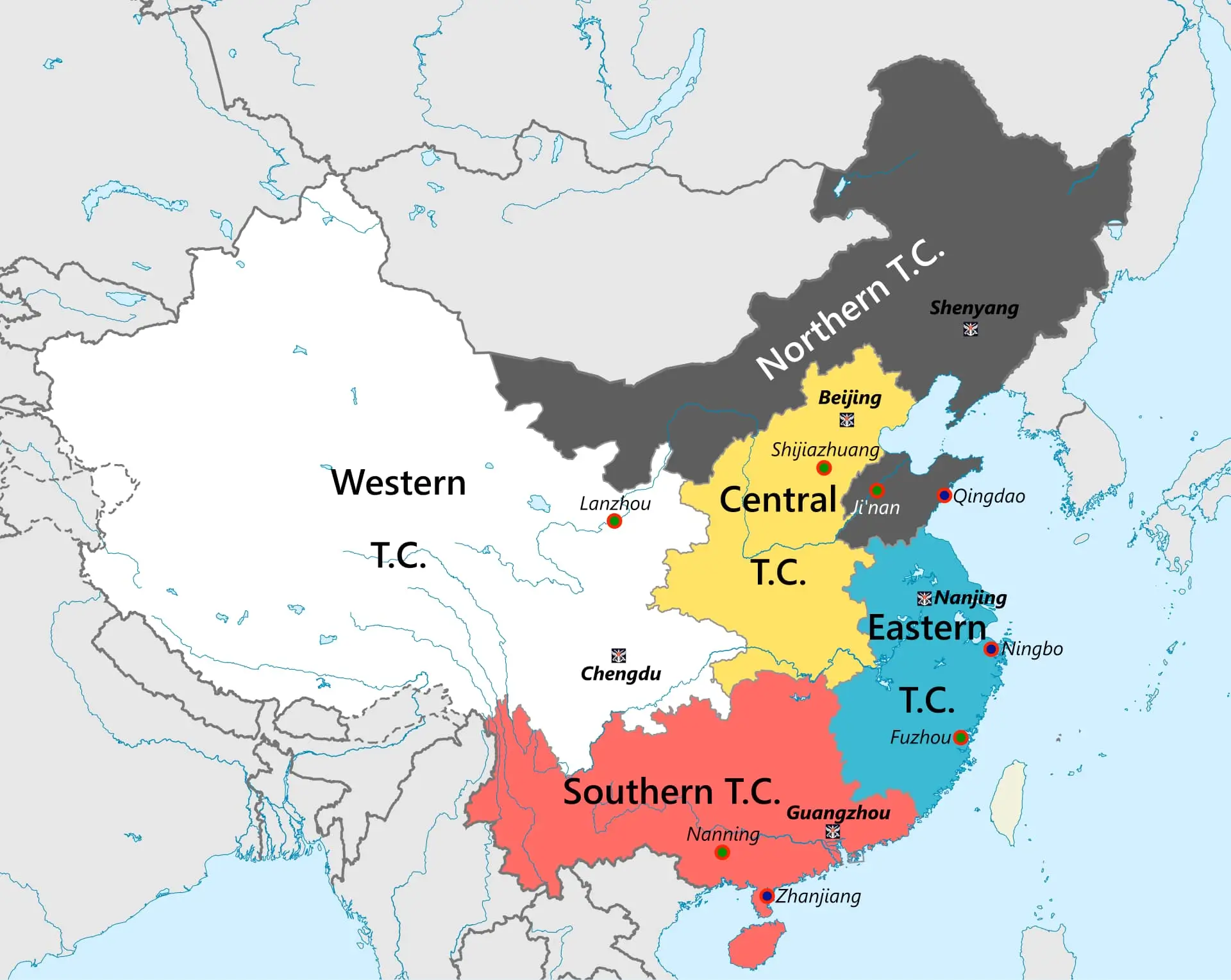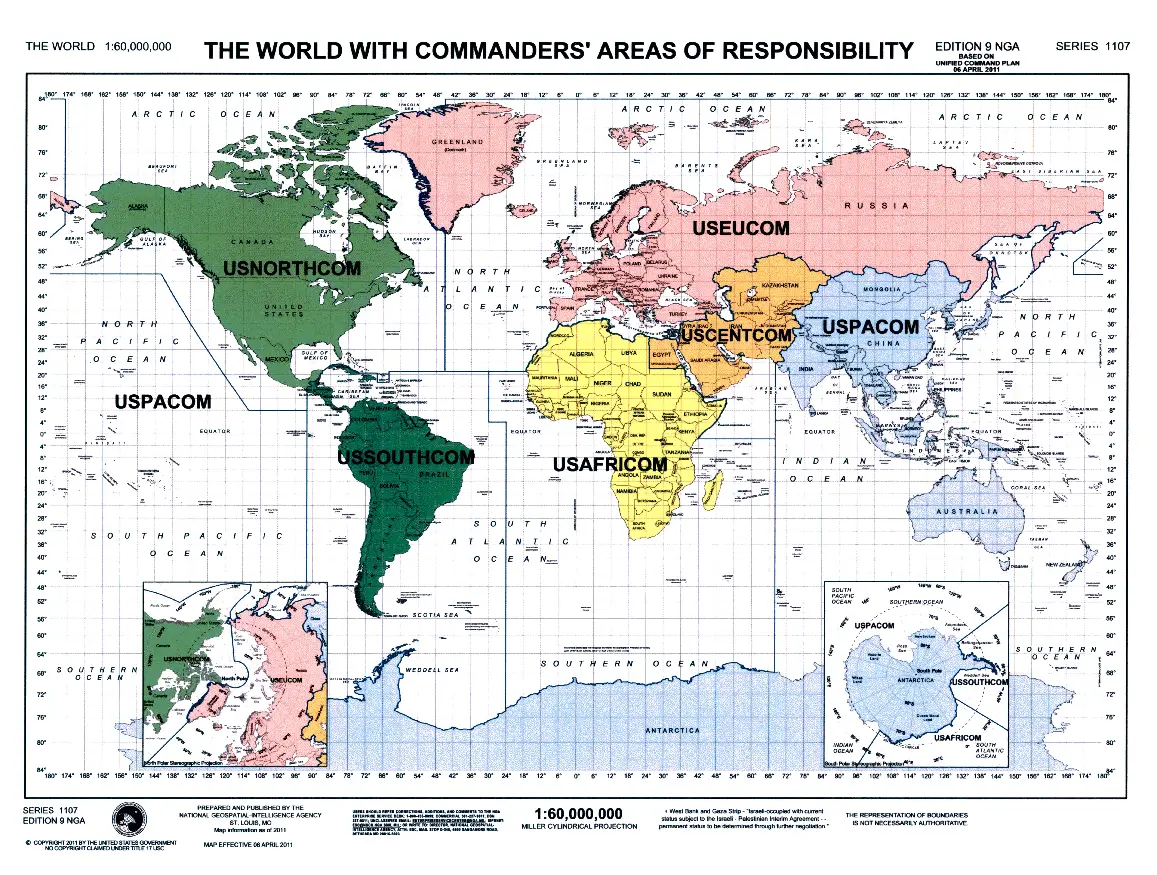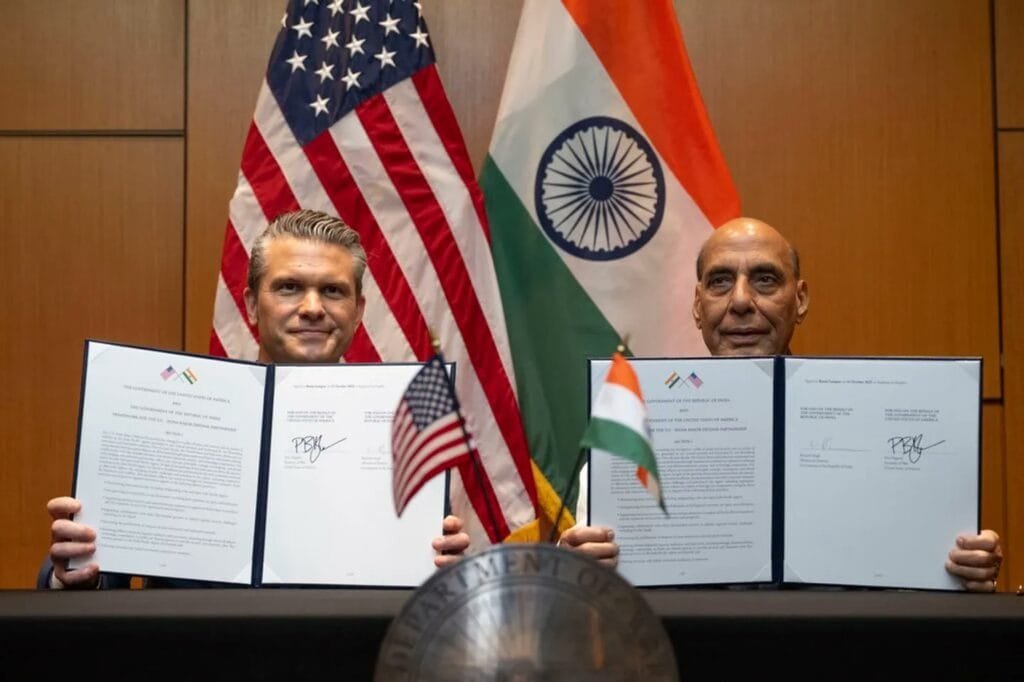In the contest for global influence, national security is no longer just a matter of tanks, warships, or missiles. It is about control, survival, and staying ahead in a world shaped as much by ideology and economy as by brute force. When comparing China’s national security posture to that of the United States, the contrasts are not only sharp they are foundational. They reflect two entirely different worldviews, two political systems, and two strategies for remaining relevant in an age where hard power alone is no longer enough.
China’s approach to national security is deeply introspective. Its military command structure remains rooted within its borders, divided into five theater commands North, South, East, West, and Central. Each is designed not to reach out, but to guard what lies within. Its known overseas military presence consists of a single base in Djibouti, strategically positioned to protect shipping lanes rather than project power. China’s military, by design, is not structured for global dominance it is built for regional security, regime protection, and strategic deterrence.

Contrast this with the United States ‘Areas of Responsibility’, whose military commands span every continent. They’ve got NORTHCOM and SOUTHCOM covering the entire Americas (which doesn’t belong to them) and AFRICOM, EUCOM, CENTCOM, and PACOM (which belong even less).

The U.S. operates over 750 military bases in more than 80 countries, maintains nuclear-ready fleets across oceans, and enforces a system of power projection unmatched in scale. It has used this presence not just for deterrence, but for intervention often under the banner of democracy, but frequently leaving behind instability. From Vietnam to Iraq, from Afghanistan to Libya, American foreign policy has repeatedly leaned on military action to reshape other nations, often leading to long-term conflict, proxy wars, and the erosion of U.S. credibility abroad.
China has taken a different path. Since Xi Jinping’s rise to power, the focus of national security has shifted from external threats to internal coherence. The establishment of the Central National Security Commission in 2013 marked the beginning of a new era in Chinese governance, one where security was not just military but holistic. In this framework, China defines its threats not only in terms of armed conflict, but also economic disruption, ideological subversion, cyber infiltration, social unrest, and technological dependence. It is a comprehensive doctrine that seeks to protect not just borders, but the Party itself.
This internal focus does not mean China lacks ambition. Far from it. But its strategy is built on control, not conquest. Through massive investments in digital infrastructure, surveillance, artificial intelligence, and economic diplomacy, China is creating a sphere of influence without firing a shot. Where America has relied on force, China is relying on leverage. The Belt and Road Initiative is less about military expansion and more about economic tethering a long game of influence where infrastructure binds countries to Beijing’s orbit.
In contrast, America’s global strategy fueled by decades of intervention and policing has begun to show its limits. The rapid withdrawal from Afghanistan, the rise of multipolar rivals, and domestic political instability have weakened its moral and strategic authority. In the past, American military dominance was unchallenged. But today, many analysts argue the U.S. is no longer the undisputed military leader. While the Pentagon retains the largest defense budget in the world, military effectiveness in modern hybrid warfare is about more than spending it’s about adaptability, resilience, and strategic clarity. On those fronts, America’s recent record is mixed at best.
China, meanwhile, has largely avoided military entanglements. It has not waged major wars, toppled foreign governments, or fought bloody ground campaigns in distant lands. This restraint has allowed Beijing to focus its energy on internal modernization and technological independence fields that are now just as vital to national power as naval fleets and fighter jets. In cyberspace, AI, drone technology, and quantum computing, China is rising fast quietly threatening America’s traditional edge without replicating its military footprint.
Of course, China’s model is not without criticism. Its national security laws have empowered vast surveillance systems and curtailed civil liberties. Its approach to dissent is harsh, and its global engagements are often cloaked in strategic ambiguity. But from a geopolitical standpoint, Beijing’s restraint in military adventurism combined with its emphasis on internal control marks a stark divergence from the American model of dominance through force.





